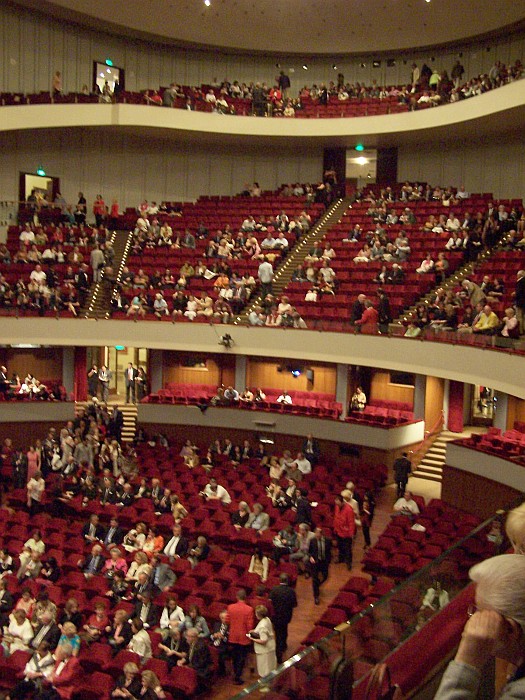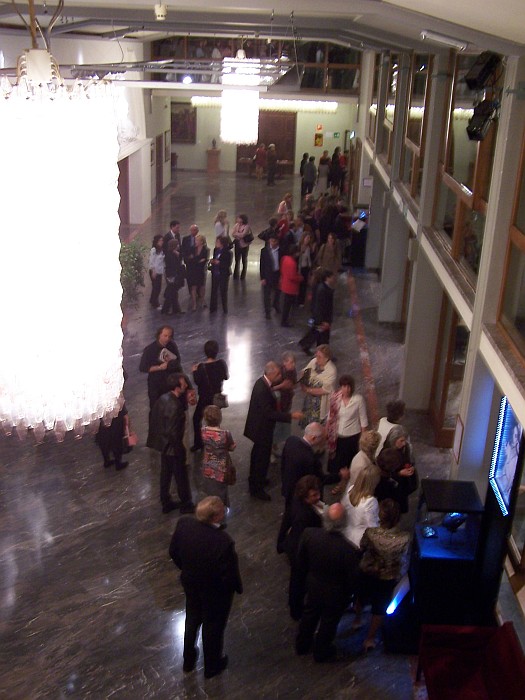(Italian pronunciation: tay-ah-tro coh-moo-nah-lay)




The Teatro Comunale was originally the Politeama Fiorentino, designed by Telemaco Bonaiuti in 1862, an open air arena which was to give birth to the conformation of the theatre as we see it today. At present the Comunale is formed of a huge auditorium, a single tier of boxes and two large amphitheatre - with semicircular galleries that can seat about 2000 people. The Piccolo Teatro of the Comunale, situated on one side of the main auditorium, is a really up-to-date small theatre, capable of seating about 600 spectators. Partially destroyed twice (by an air raid in 1944 and by the flood in 1966), the Teatro Comunale has always been immediately restored and has come to symbolize the city's sense of responsibility and will to start again.
The stage of the Comunale has born witness to the triumph of some of the most famous names in music of our times, among them conductors like Vittorio Gui, Bruno Walter, Wilhelm Furtwangler, Dimitri Mitropoulos, Zubin Mehta, Von Karajan and Muti; the wonderful voice of Maria Callas made its debut here, while Pietro Mascagni, Richard Strauss, Paul Hindemith, Bela Bartok, Igor Stravinsky, Luigi Dalla Piccola, Luigi Nono, Karlheinz Stockhausen and Luciano Berio and many others came to interpret their own compositions. Some of the exceptional directors and set designers include Max Reinhardt, Gustav Grundgens, Luchino Visconti, Franco Zeffirelli, Luca Ronconi, Bob Wilson, Giorgio De Chiricoand Oskar Kokoschka.
The Teatro Comunale hosts the prestigious Maggio Musicale Fiorentino (one of the most important european music festivals). In Autumn, this theatre presents lyric operas and ballets. In Winter there is symphonic music.
